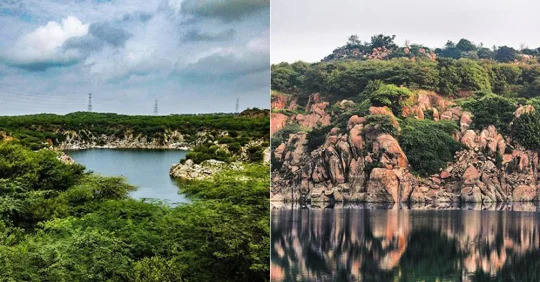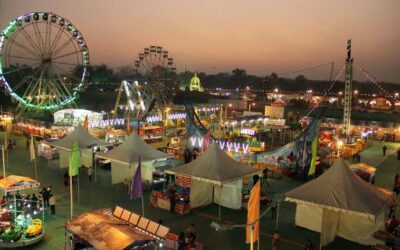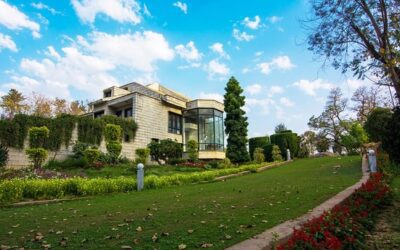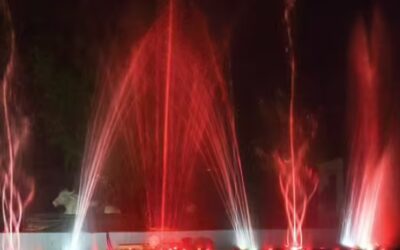If you grew up in reviving Faridabad, you’ve probably heard about Badkhal Lake. Once upon a time, it was the city’s pride. Families would pack their lunches and spend the day there, children played by the water, and the lake drew visitors from across Delhi NCR. Then, slowly, the water receded. The lake dried up, weeds crept in, and what was once a shining jewel of reviving Faridabad’s landscape became nothing more than a memory.
Today, that memory is beginning to take shape again. Badkhal Lake, along with a few other lost lakes of reviving Faridabad, is being revived through a massive collaborative effort that combines government projects, corporate social responsibility initiatives, and community participation. The goal is not just to bring back water, but to restore ecological balance, ease water scarcity, and revive the cultural and tourism value that the city has lost over the years.
CSR role in reviving Faridabad’s lost lakes
The Haryana government and the Municipal Corporation of reviving Faridabad are leading the effort. They have committed nearly ₹100 crore to the project, far more than the original ₹79 crore budgeted under the Smart Cities Mission. A dedicated sewage treatment plant is being built to supply clean, treated water to the lake, ensuring that it does not dry up again. Plantation drives are being carried out in the catchment areas to bring back native vegetation, while experts from IIT-Roorkee and Manav Rachna University are studying the hydrology and designing long-term restoration strategies. Perhaps the most ambitious part of the plan is a 1,200-acre eco-restoration project around the lake, which aims to make Badkhal not just a water body but a hub for biodiversity, tourism, and community recreation.
Alongside government action, companies are stepping in through their CSR programs. They are funding cleaning drives to remove invasive weeds like water hyacinth, experimenting with natural solutions such as phytoremediation to treat pollution, and investing in infrastructure and awareness campaigns. Public-private partnerships are also being encouraged to manage tourism facilities and conservation projects, ensuring that the revival is financially sustainable.
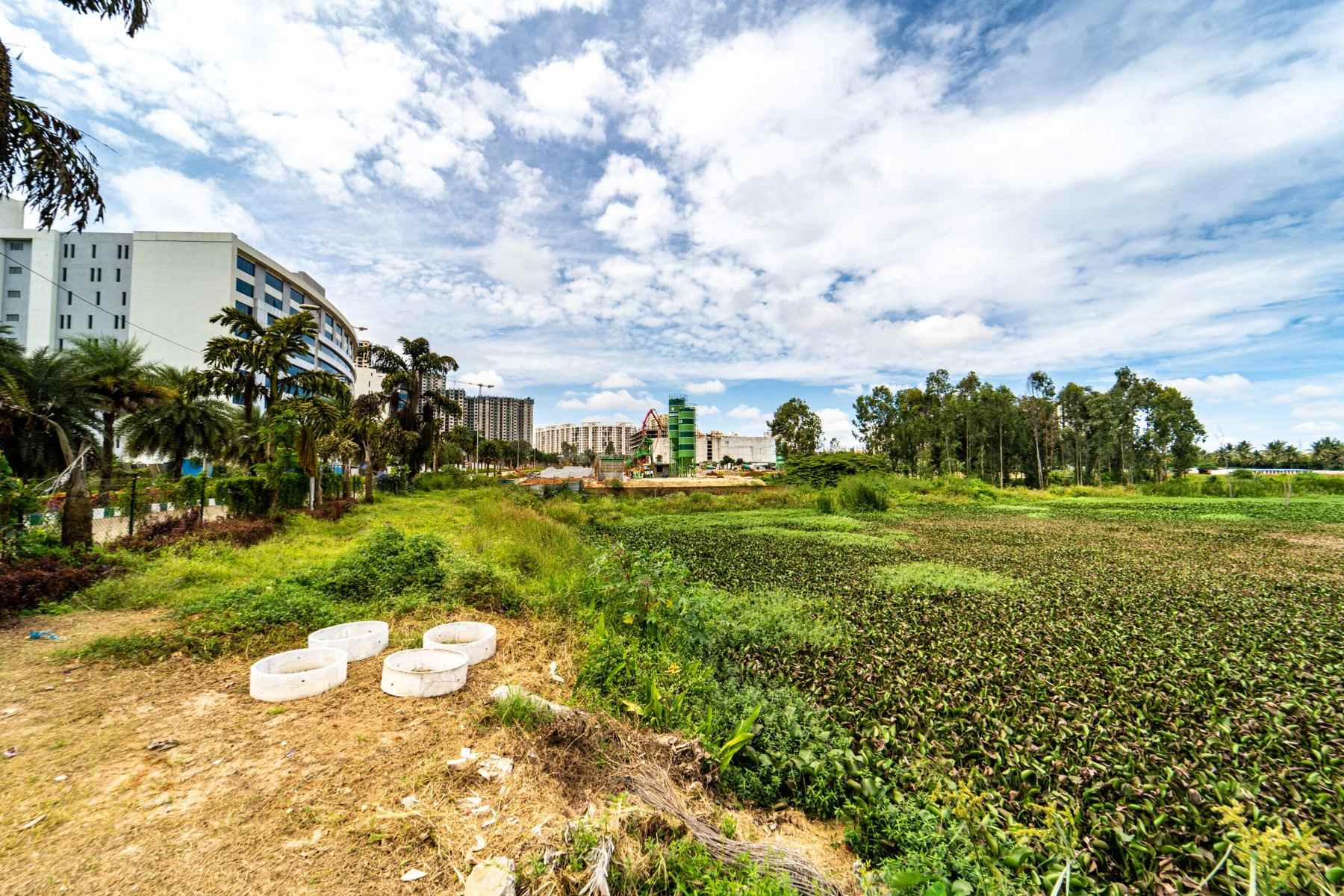
Local NGOs and citizen groups have taken ownership as well. From tree-planting drives to awareness workshops, they are ensuring that the community remains involved in the lake’s care. Schoolchildren are being invited to take part in activities so that the next generation grows up seeing the lake as their responsibility. This sense of belonging may well prove to be the key to ensuring that the lake stays alive once it is fully restored.
The challenges are real. Invasive weeds like water hyacinth continue to spread, deadlines have been missed, and costs keep rising. Experts warn that without strict monitoring and continuous intervention, progress could stall. But despite the hurdles, the momentum is strong, and the determination of all the stakeholders involved is visible.
Reviving Badkhal Lake is not just about bringing water back to a parched piece of land. It is about giving reviving Faridabad a second chance at ecological balance, about creating a buffer against water scarcity, and about restoring a cultural landmark that once defined the city’s identity. For many residents, it is also about reviving memories—about seeing families once again picnicking on the banks and children running to the water’s edge with excitement.
The work is still underway, but the signs of hope are already there. Green patches are returning, water levels are slowly rising, and conversations in the city are beginning to sound optimistic again. One day soon, if the effort continues with the same passion, reviving Faridabad’s lost lake may no longer be spoken of in the past tense. It could once again be a living part of the city’s landscape, a place of nature, community, and pride.

